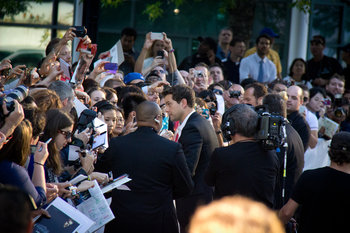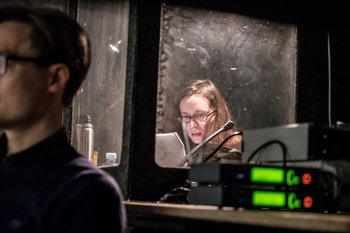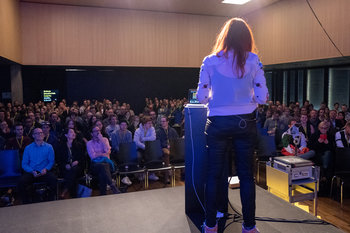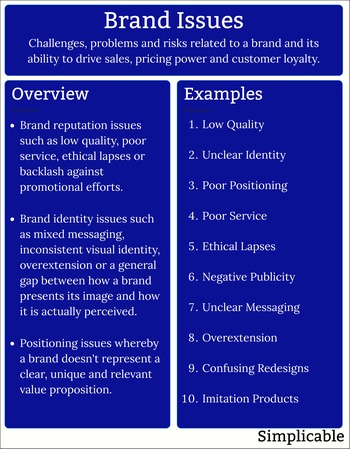|
| |
Group communication is the process of exchanging meaning within a group of more than two people. This is an everyday process that is nonetheless very different from person-to-person communication, particularly as a group becomes large such that communication complexity increases. In large groups, social processes such as leadership, social status and groupthink begin to play a larger role in communication. The following are illustrative examples of group communication.
All-hands meetings and town halls | Brainstorming | Classes and training sessions | Collaborative writing | Committees | Conference calls | Consensus building | Debate | Diplomacy | Facilitation e.g. round table with moderator | Focus groups | Forums and social media posts that involve group conversation | Group chats | Group conversation | Group decision making | Group discussion | Group emails and messaging | Group interviews | Group negotiation | Group problem solving | Group work | Improv | Meetings | Networking events | Peer review | Public speaking | Remote work processes such as video conferencing work sessions | Study group | Team building | Team coaching | Team collaboration in virtual environments such as video games | Work processes such as customer service for a group of customers | Working group | Workshops |
If you enjoyed this page, please consider bookmarking Simplicable.
© 2010-2023 Simplicable. All Rights Reserved. Reproduction of materials found on this site, in any form, without explicit permission is prohibited.
View credits & copyrights or citation information for this page.
|



































